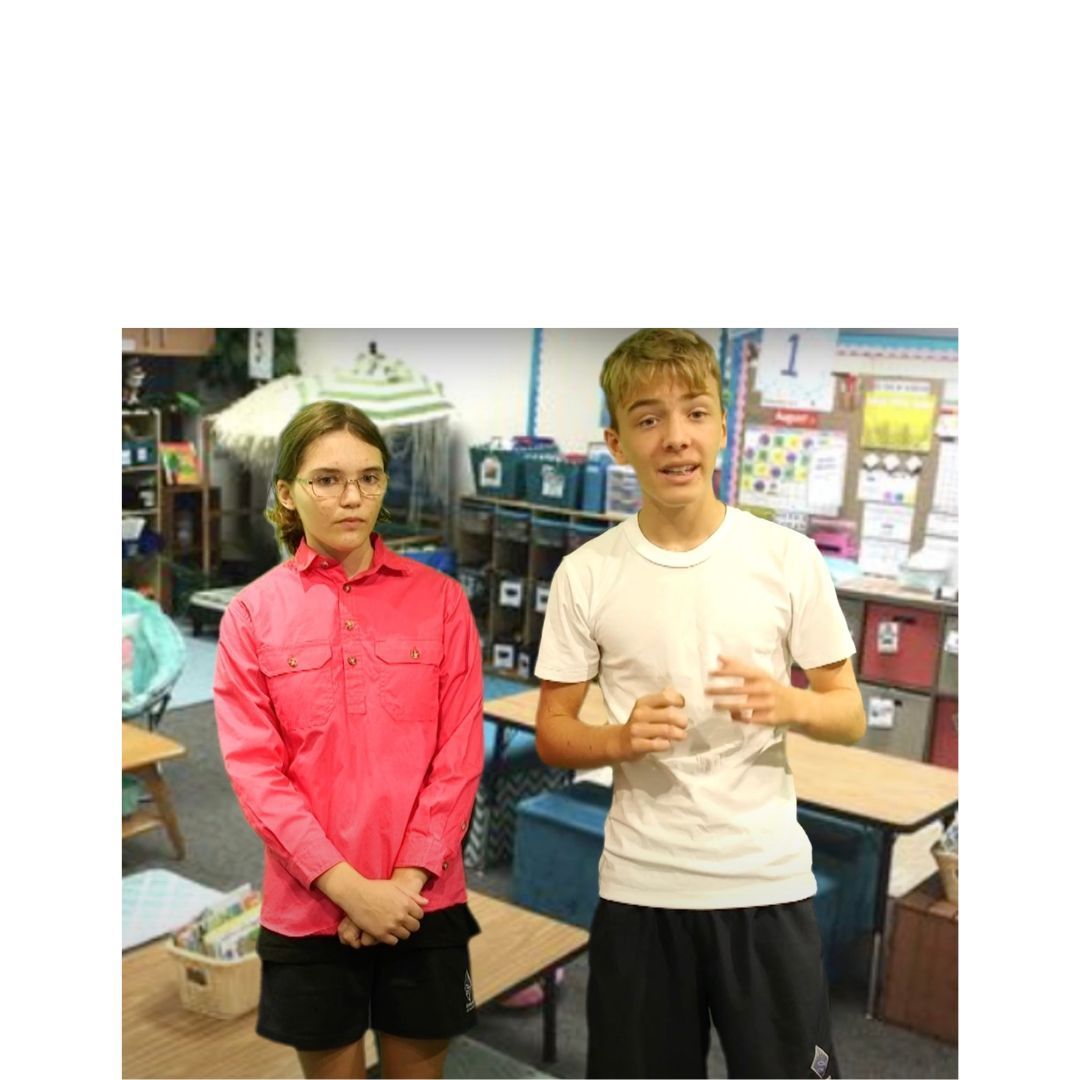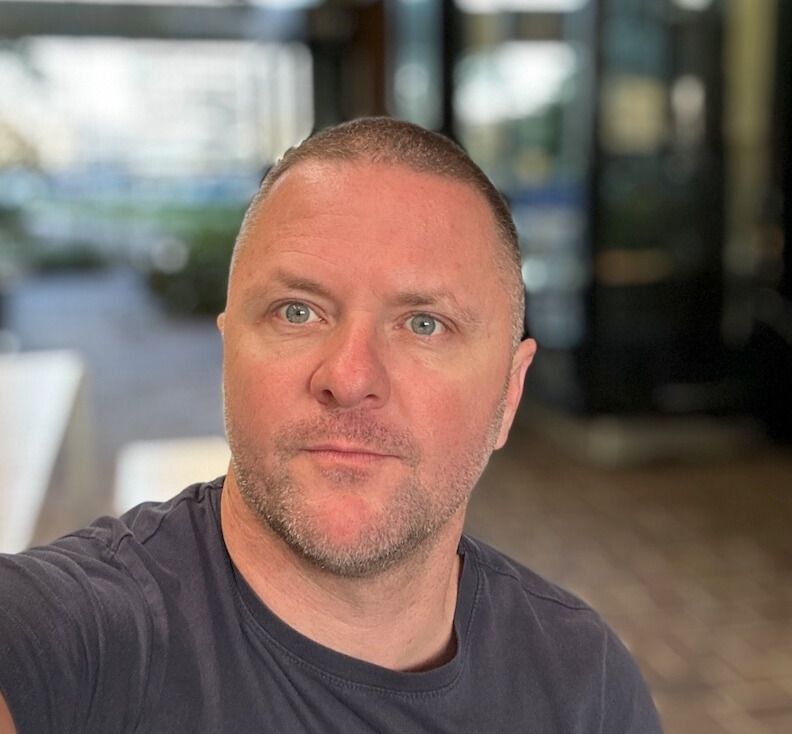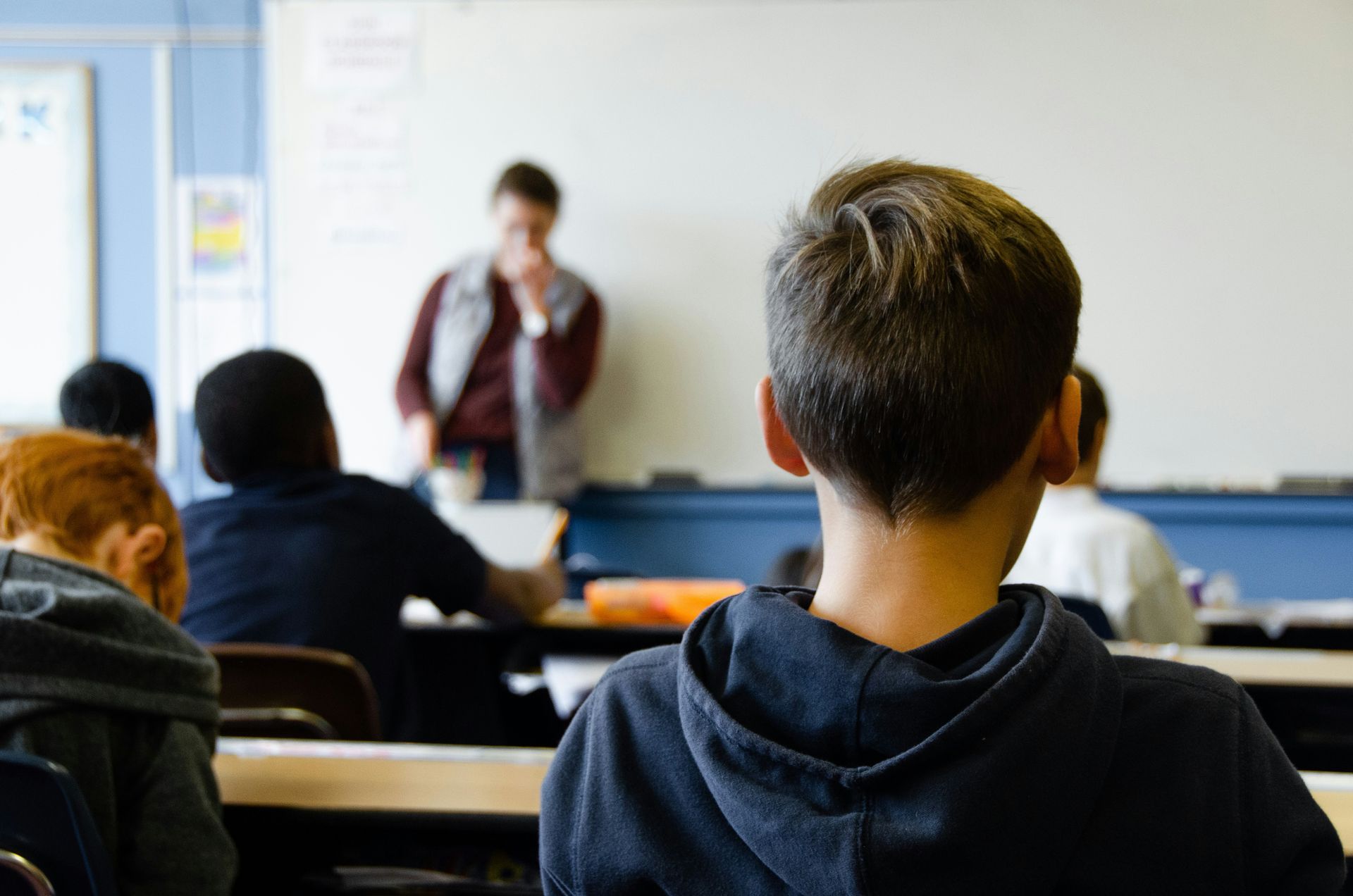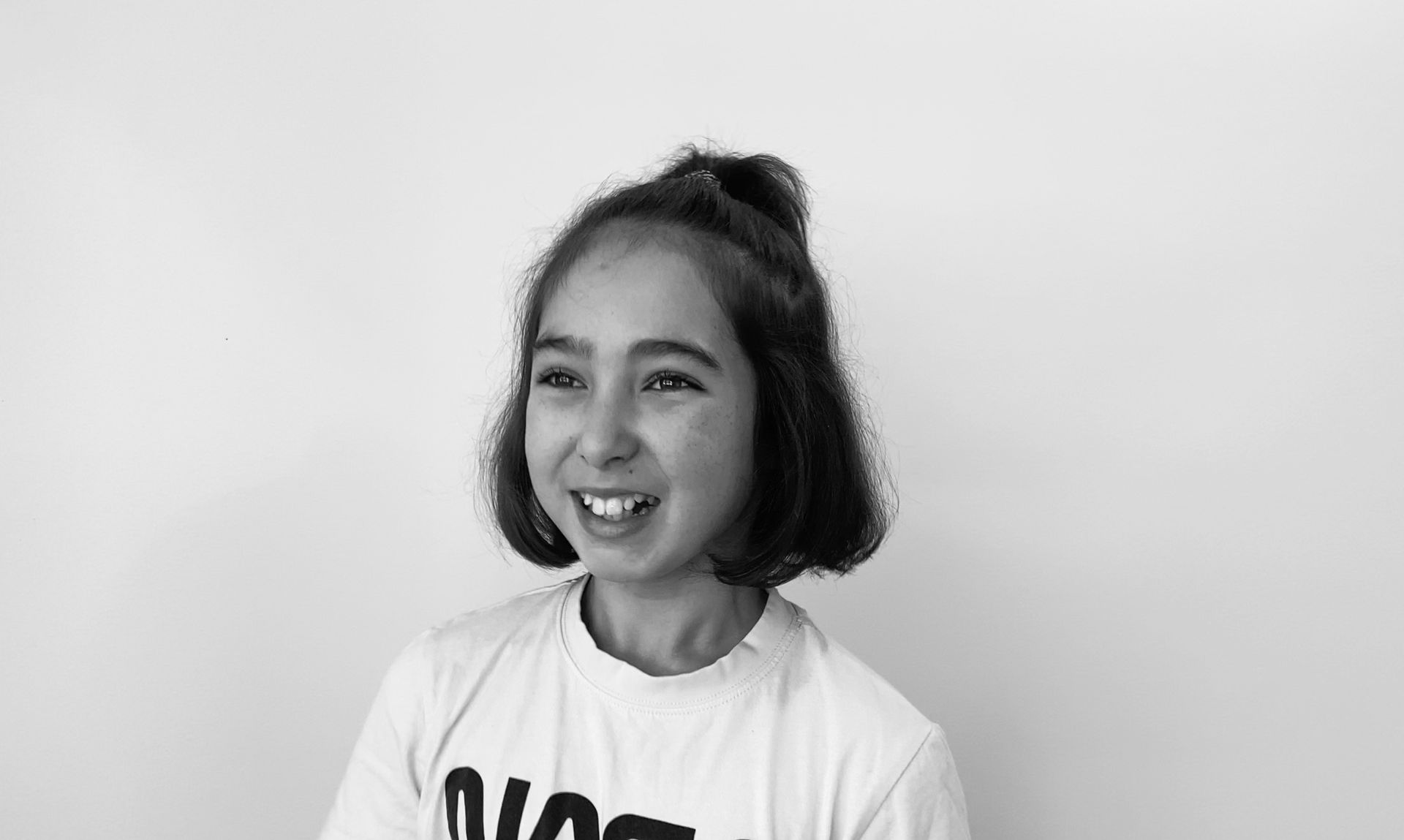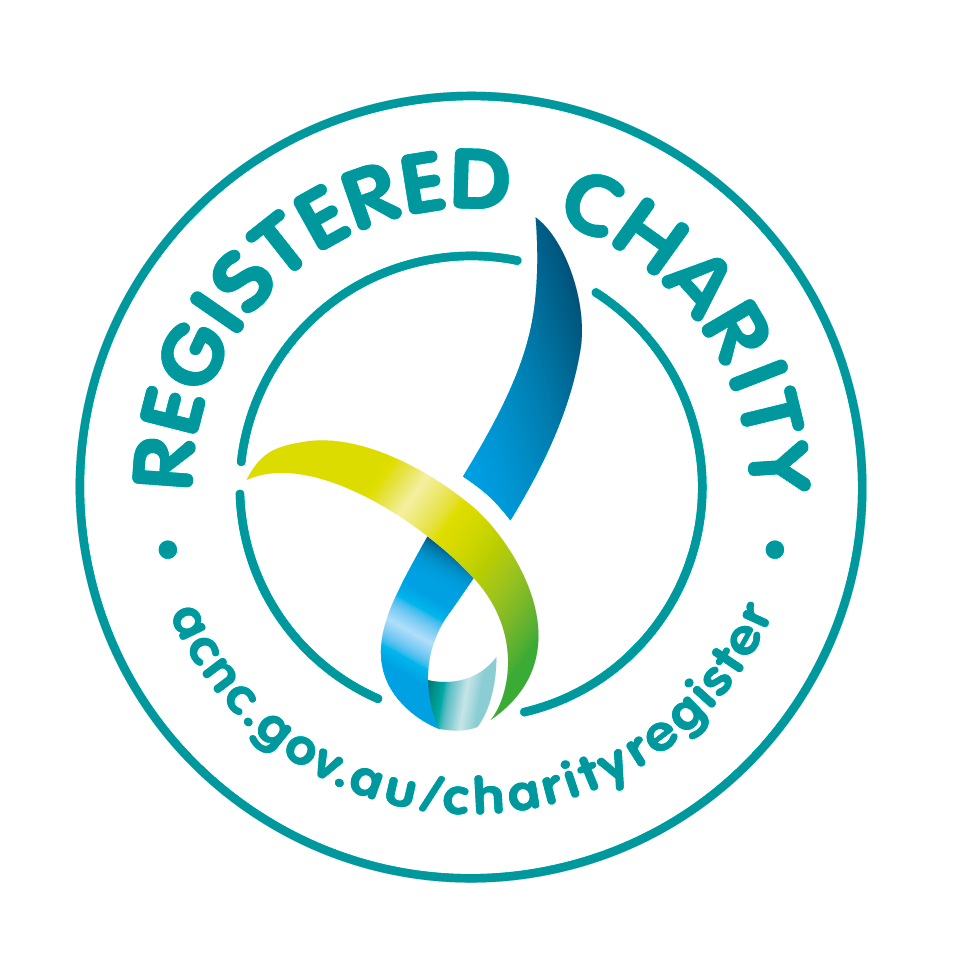From Policy to Practice
Developing the I AM Program at Cornish College
By Rhiannon Lowrey
The journey from a gifted policy to a flourishing gifted program requires thoughtful planning, gradual implementation, and a commitment to addressing the diverse needs of gifted learners. This article examines the development of the I A.M. Program at Cornish college, a school where, in 2024, no formal gifted program existed. Students were undertaking extension competition programs with interschool debating, public speaking and book of the day activities. By adapting policy recommendations from the Australian Association for the Education of the Gifted and Talented (AAEGT) and implementing incremental steps, the I A.M. Program became a thriving initiative by 2025.
This case study provides a practical guide for schools aiming to transform gifted education policies into impactful classroom practices and specialist programs.
Introduction
Gifted education is a critical yet often underdeveloped component of inclusive schooling. While many schools adopt policies to acknowledge the needs of gifted learners, the transition from policy to practice presents significant challenges. Policies alone are insufficient if they are not supported by targeted programs, effective teaching strategies, and a whole-school approach to recognising and nurturing giftedness. In Australia, the Australian Association for the Education of the Gifted and Talented (AAEGT) along with state affiliates provides a robust framework for developing gifted policies. However, the practical implementation of these policies often remains inconsistent or incomplete, leaving gifted learners underserved in their educational environments (AAEGT, 2023).
In December 2024, Cornish, a mid-sized Australian school, faced this very challenge. The school had no gifted education policy, so one was adapted from the AAEGT guidelines, but it lacked an actionable program to address the unique needs of its gifted students. Recognising this gap, the school leadership initiated a process to transform its policy into practice, leading to the creation of the I A.M. Program (Individualised Advanced Mentoring). I A.M. Program is also named for one of Cornish college’s innovative long term teachers Anne-Marie Denton, who often signed of emails with AM. The naming of this program became instrumental in its wide acceptance into practice as there was a lead educator to reference and model from. This program aimed to incorporate gifted education into everyday classroom practices while offering specialised lessons tailored to the needs of gifted learners.
In Jan 2025, the I AM Program had begun and the director of High potential and gifted was looking to develop I AM into a flourishing initiative, enriching the educational experiences of gifted students and reshaping the school’s approach to gifted education. This article examines the step-by-step journey of Cornish’s transition, highlighting the strategies, challenges, and successes that contributed to the development of a sustainable and impactful gifted program. It offers a practical guide for schools seeking to move beyond policy and create programs that empower gifted learners to thrive academically, socially, and emotionally.
Steps to Transition from Policy to Practice in Gifted Education
1. Review and Align the Policy:
Evaluate the current gifted education policy, ensuring alignment with frameworks such as those provided by the Australian Association for the Education of the Gifted and Talented (AAEGT).
Update language to reflect inclusivity, differentiation, and the specific needs of the school community.
Establish clear objectives, definitions, and procedures for identifying and supporting gifted students.
2. Form a Leadership Team:
Create a dedicated Gifted Education Taskforce, including school leaders, teachers, and external gifted education experts.
Assign responsibilities to ensure accountability and streamline decision-making processes.
3. Conduct a Needs Assessment:
Survey teachers, parents, and students to identify perceptions, gaps, and aspirations for gifted education.
Analyse current student performance data and teacher practices.
4. Develop a Strategic Plan:
Create a detailed roadmap outlining short-term and long-term goals for gifted education, including professional development, resource allocation, and program design.
Establish measurable outcomes to track progress, such as the number of students identified, teacher training completion rates, and student engagement metrics.
5. Provide Professional Development:
Offer targeted training for staff on identifying and supporting gifted students, including strategies for differentiation, assessment, and emotional support.
Include workshops, seminars, and mentoring opportunities led by experts in gifted education, such as those from the Australian Association for the Education of the Gifted and Talented (AAEGT) or local universities.
Encourage teachers to undertake further study in gifted education and share best practices with their peers.
6. Implement Identification Processes:
Develop and use multiple measures for identifying gifted students, such as standardised tests, teacher nominations, parent surveys, and student self-nominations.
Ensure the process is equitable, inclusive, and sensitive to diverse cultural and linguistic backgrounds, recognising twice-exceptional (2e) learners and underrepresented groups.
Regularly review and refine identification criteria and methods.
7. Design and Pilot Gifted Programs:
Start with small-scale pilots, such as enrichment activities or differentiated classroom practices, to gauge effectiveness and gather feedback.
Develop both in-class strategies, such as curriculum compaction and tiered assignments, and out-of-class programs, like the “I AM” program, that offer advanced learning opportunities.
Incorporate input from students, parents, and teachers to ensure programs are meaningful and engaging.
8. Foster a Whole-School Culture of Support:
Promote a culture that values diversity and celebrates giftedness as an integral part of the school community.
Provide opportunities for all students to explore their interests and talents, ensuring that gifted education is seen as complementary, not exclusive.
Engage parents and the wider community in understanding the goals and benefits of the gifted program through events, workshops, and ongoing communication.
9. Establish Specialised Gifted Lessons:
Develop specialised lessons that target the advanced needs of gifted students.
Use the results of the identification process to group students with similar interests or abilities for targeted programs.
Incorporate project-based learning, inquiry-driven activities, and interdisciplinary approaches to challenge gifted learners and encourage creativity and critical thinking.
10. Integrate Gifted Practices into Everyday Classrooms:
Train teachers to apply differentiation strategies such as curriculum compacting, tiered tasks, and flexible groupings across all classrooms.
Encourage teachers to incorporate enrichment opportunities for gifted students during regular lessons, ensuring their unique needs are met without isolating them.
Monitor the effectiveness of classroom practices through student feedback and performance data.
11. Develop Individualised Education Plans (IEPs) for Gifted Students:
For students with exceptional needs, create personalised education plans that outline specific goals, accommodations, and enrichment activities.
Work collaboratively with teachers, students, and parents to align these plans with student strengths, interests, and career aspirations.
Regularly review and update IEPs to reflect the evolving needs of the student.
12. Build a Mentorship Network:
Connect gifted students with mentors who can guide and inspire them in their areas of interest.
Partner with universities, industry leaders, and community organizations to provide mentorship opportunities.
Facilitate regular interactions between students and their mentors through workshops, virtual meetings, and collaborative projects.
13. Evaluate and Refine the Program:
Collect data to evaluate the effectiveness of gifted programs, including student performance, engagement levels, and feedback from teachers and parents.
Use this data to make informed adjustments to the program to address challenges and improve outcomes.
Regularly publish reports on program progress to maintain transparency and support from stakeholders.
14. Celebrate Success and Share Best Practices:
Organise events to showcase student achievements, such as exhibitions, presentations, and performances.
Recognise and celebrate the accomplishments of gifted students, as well as the contributions of teachers and mentors.
Share the school’s success story with other educators and the broader community to inspire and advocate for gifted education.
15. Sustain and Expand the Program:
Ensure that gifted education remains a priority in the school’s long-term strategic planning by embedding it into the school's culture, policies, and budget.
Continue professional development for staff to stay current with emerging trends in gifted education.
Explore opportunities to expand the program, such as partnerships with other schools, online learning platforms, or international gifted education initiatives.
Key Areas of Importance for Teacher Professional Development: Enhancing Support for Gifted and Twice-Exceptional Learners
Understanding Asynchronous Development:
Teachers must develop a nuanced understanding of asynchronous development, where gifted students' intellectual abilities may be significantly advanced while their emotional, social, or physical development lags behind. Professional development programs should equip teachers to recognise these traits and provide strategies to support these learners holistically. This includes fostering self-regulation skills, building empathy, and creating a classroom environment that accommodates their varied developmental needs.
Supporting Twice-Exceptional Learners:
Twice-exceptional (2e) learners require a dual-focus approach that addresses their disabilities while nurturing their giftedness. Teachers need training in identifying and supporting 2e students through personalised learning plans, differentiated instruction, and inclusive practices. Understanding the balance between remediation and extension activities is critical, as is recognising the importance of a strength-based approach to boost their confidence and engagement.
Changing the Narrative: Ganges Opportunity:
Teachers should be encouraged to view the challenges of gifted and 2e education as opportunities for growth and transformation rather than barriers. Small, consistent changes in instructional practices can lead to significant outcomes. Emphasising the importance of flexibility and adaptability in teaching methods allows educators to meet diverse needs and unlock the potential of all learners.
The Power of Small Changes:
Small, manageable changes in the classroom can have a transformative impact on gifted and 2e learners. For example, incorporating choice boards, compacting the curriculum, or offering enrichment opportunities can greatly enhance engagement and motivation. Teacher professional development should focus on practical, incremental strategies that can be seamlessly integrated into everyday teaching without overwhelming the educator.
Harnessing AI to Reduce Teacher Cognitive Load:
Artificial intelligence (AI) offers immense potential for reducing teacher cognitive load, particularly in the preparation of materials for gifted learners. AI tools can generate differentiated learning resources, create enrichment activities, and analyse student data to provide personalised feedback. Platforms like ChatGPT can assist teachers in brainstorming creative challenges, summarising complex content, or crafting Socratic-style questions to stimulate higher-order thinking. By integrating AI into classroom practice, teachers can focus more on direct student engagement and less on administrative tasks.
Professional Collaboration and Networking:
Teachers should be encouraged to connect with peers, gifted education experts, and professional organizations such as the Australian Association for the Education of the Gifted and Talented (AAEGT). Sharing strategies, resources, and success stories fosters a culture of collaboration and innovation, helping teachers to continually refine their practice.
Social-Emotional Learning (SEL) Integration:
SEL is vital for both gifted and 2e learners, as they often face unique emotional challenges. Professional development should explore ways to integrate SEL into everyday classroom practice, focusing on empathy-building, resilience, and stress management techniques. SEL activities can help gifted learners navigate perfectionism and 2e learners manage frustration stemming from their dual exceptionality.
What I actually did
Step one was to think about my limitations – I am a single person in a school that is looking to make an impact both long and short term, both inside the classroom and using a withdrawal program to link like minded students together.
For the withdrawal program IAM picked the theme of "Coddiwomple" is an English slang term that means to travel in a purposeful manner towards an uncertain destination. It can also mean to keep moving forward even when you're not sure where you're going.
The focus being on the journey – what does it take to be successful as a learner.
Breaking the school year down into two age groups and 40 weeks.
From here I broke each week down into manageable chunks to help teachers identify where their skills can be used to help students, especially in areas of my personal weakness.
I AM Program - Week-by-Week Break-Down
| Week | Theme | I AM (Years 7-9) | I AM (Years 4-6) | Resources |
|---|---|---|---|---|
| 1-2 | I AM Curious | Activity 1: Research an unsolved mystery in science (e.g. dark matter). Activity 2: Create a hypothesis and develop an experiment or model. | Activity 1: Explore a fun mystery (e.g., Bermuda Triangle). Activity 2: Draw or write about possible explanations. | Computers for research, science journals, hypothesis templates. |
| 3-4 | I AM Creative | Activity 1: Write a short story about an alternative future. Activity 2: Create an art piece that visualizes your story. | Activity 1: Design a comic strip about a futuristic invention. Activity 2: Create a poster | Computers for research, science journals, hypothesis templates. |
| 5-6 | I AM Innovative | Activity 1: Design a prototype for a sustainable product using 3D modeling software. Activity 2: Pitch your product to the class. | Activity 1: Create a recycled art project. Activity 2: Write a paragraph about how your product helps the planet. | Recycled materials, basic 3D modeling software (Tinkercad), presentation templates. |
| 7-8 | I AM Collaborative | Activity 1: Work in teams to solve a real-world problem (e.g., urban planning for green cities). Activity 2: Present your solutions in a panel format. | Activity 1: Build a Lego city with a focus on sustainability. Activity 2: Share your creation with peers. | Legos or building blocks, group collaboration tools, teamwork prompts. |
| 9-10 | I AM Resilient | Activity 1: Write about a famous figure who overcame adversity and how it inspired you. Activity 2: Create a "Resilience Plan" for challenges you face. | Activity 1: Explore the story of someone overcoming challenges (e.g., Helen Keller). Activity 2: Draw your own "hero overcoming an obstacle." | Books or articles on resilience, journaling templates, drawing supplies. |
| 11-12 | I AM Analytical | Activity 1: Solve complex logic puzzles and explore cryptography basics. Activity 2: Create your own cipher for classmates to decode. | Activity 1: Complete fun puzzles (Sudoku, riddles). Activity 2: Write a simple code and challenge a friend to solve it. | Puzzle books, cipher tools, cryptography resources, computers. |
| 13-14 | I AM Global | Activity 1: Research a global issue (e.g., clean water access). Activity 2: Design an awareness campaign with visuals and data. | Activity 1: Learn about another country and its culture. Activity 2: Create a travel brochure for that country. | Internet for research, poster-making materials, brochures. |
| 15-16 | I AM Reflective | Activity 1: Write a personal reflection journal about what you've learned this year. Activity 2: Create a visual timeline of your growth. | Activity 1: Draw a "Tree of Learning" with each branch showing something you learned. Activity 2: Share with peers. | Reflection templates, colored markers, journaling supplies. |
| 17-18 | I AM Innovative Thinker | Activity 1: Explore famous inventions that changed the world. Activity 2: Design a futuristic invention using sketches or digital tools. | Activity 1: Identify a problem in your school and propose a creative solution. Activity 2: Share your solution with the class. | Computers, drawing materials, invention templates. |
| 19-20 | I AM Adventurous | Activity 1: Study historical explorers and create a map of their journeys. Activity 2: Plan an expedition to an uncharted area of your choice. | Activity 1: Create a treasure map for classmates to solve. Activity 2: Write about what you would explore if you were an adventurer. | Historical maps, crafting materials, storytelling prompts. |
| 21-22 | I AM a Problem Solver | Activity 1: Solve real-world math problems related to budgeting or planning. Activity 2: Create a financial plan for a fictional character. | Activity 1: Play problem-solving games like Escape Room activities. Activity 2: Solve math puzzles related to everyday life. | Budgeting tools, math games, calculators, hands-on puzzle kits. |
| 23-24 | I AM a Leader | Activity 1: Research leadership styles and reflect on your own leadership traits. Activity 2: Create a presentation on an inspiring leader. | Activity 1: Role-play leadership scenarios to resolve challenges. Activity 2: Draw your "Leadership Superhero." | Leadership case studies, role-playing scenarios, presentation software. |
| 25-26 | I AM Curious | Activity 1: Research "What If" questions (e.g., What if gravity disappeared?) and present your findings. Activity 2: Create a fictional story based on your research. | Activity 1: Draw what would happen in a "What If" scenario (e.g., no trees on Earth). Activity 2: Write a fun story to explain your drawing. | Research tools, story templates, drawing supplies. |
| 27-28 | I AM Environmentally Aware | Activity 1: Analyze the impact of climate change through data interpretation. Activity 2: Propose an environmental initiative for your community. | Activity 1: Explore the importance of recycling and make posters. Activity 2: Create a "Recycling Mascot." | Climate data, environmental posters, crafting materials. |
| 29-30 | I AM Inventive | Activity 1: Create a Rube Goldberg machine using common items. Activity 2: Reflect on how this invention process mirrors real-world innovation. | Activity 1: Build a simple machine with blocks or craft materials. Activity 2: Write about what your invention achieves. | Common household materials, crafting supplies, basic engineering kits. |
| 31-32 | I AM Future-Focused | Activity 1: Explore future careers linked to AI and technology. Activity 2: Design a personal career roadmap. | Activity 1: Learn about future jobs and create a poster about your dream job. Activity 2: Present your poster to the class. | Career exploration guides, presentation materials. |
| 33-34 | I AM Socially Aware | Activity 1: Debate a current social issue and explore perspectives. Activity 2: Write a persuasive essay to advocate for change. | Activity 1: Learn about kindness and make a kindness chain. Activity 2: Write a thank-you note to someone who inspires you. | Debate prompts, writing materials, crafting supplies. |
| 35-36 | I AM Resilient | Activity 1: Reflect on challenges faced this year and how you overcame them. Activity 2: Create a motivational video for future students. | Activity 1: Write a letter to your future self about what you learned this year. Activity 2: Share your letter in a small group. | Journaling tools, video-making software or apps. |
| 37-38 | I AM Unique | Activity 1: Write an autobiography or create a multimedia presentation about your life and achievements. Activity 2: Share with peers. | Activity 1: Make a collage about what makes you special. Activity 2: Share your collage with the class. | Scrapbooking supplies, computers for multimedia presentations. |
| 39-40 | I AM Celebrating Success | Activity 1: Reflect on the year’s work and compile a portfolio to showcase. Activity 2: Plan and host a "Celebration of Learning" event. | Activity 1: Create a certificate or award for yourself or a peer. Activity 2: Plan a mini-exhibition to display projects from the year. | Certificates, portfolio folders, materials for exhibitions or presentations. |
References
Australian Association for the Education of the Gifted and Talented (AAEGT). (2023). Gifted education policy guidelines. Retrieved from https://www.aaegt.net.au
Braggett, E. J. (1993). Programs and strategies for gifted education. Hawker Brownlow Education.
Callahan, C. M., & Hertberg-Davis, H. L. (2012). Fundamentals of gifted education: Considering multiple perspectives. Routledge.
Gagné, F. (2008). Building gifts into talents: Overview of the DMGT. The Journal of Secondary Gifted Education, 20(2), 65–85. https://doi.org/10.4219/jsge-2008-869
Maker, C. J. (2005). Teaching models in education of the gifted (3rd ed.). PRO-ED.
Nikakis, S., & Lowrey, R. (2025). Too quirky, too quick, 2e: Twice-exceptional gifted students. Amba Press.
Reis, S. M., & Renzulli, J. S. (2010). Is there still a need for gifted education? An examination of current research. Learning and Individual Differences, 20(4), 308–317. https://doi.org/10.1016/j.lindif.2009.10.012
Tomlinson, C. A. (2001). How to differentiate instruction in mixed-ability classrooms (2nd ed.). ASCD.
Vialle, W., & Rogers, K. (2009). Educating gifted students in the 21st century. Australasian Journal of Gifted Education, 18(1), 5–13.
Victorian Department of Education and Training. (2020). High ability toolkit for schools. Retrieved from https://www.education.vic.gov.au/school/teachers/learningneeds/Pages/highability
Winebrenner, S., & Brulles, D. (2012). Teaching gifted kids in today's classroom: Strategies and techniques every teacher can use (3rd ed.). Free Spirit Publishing.
Disclaimer: The views and opinions expressed in this blog are those of the author and do not necessarily reflect the official policy or position of the AAEGT.
Share this resource
Resources




